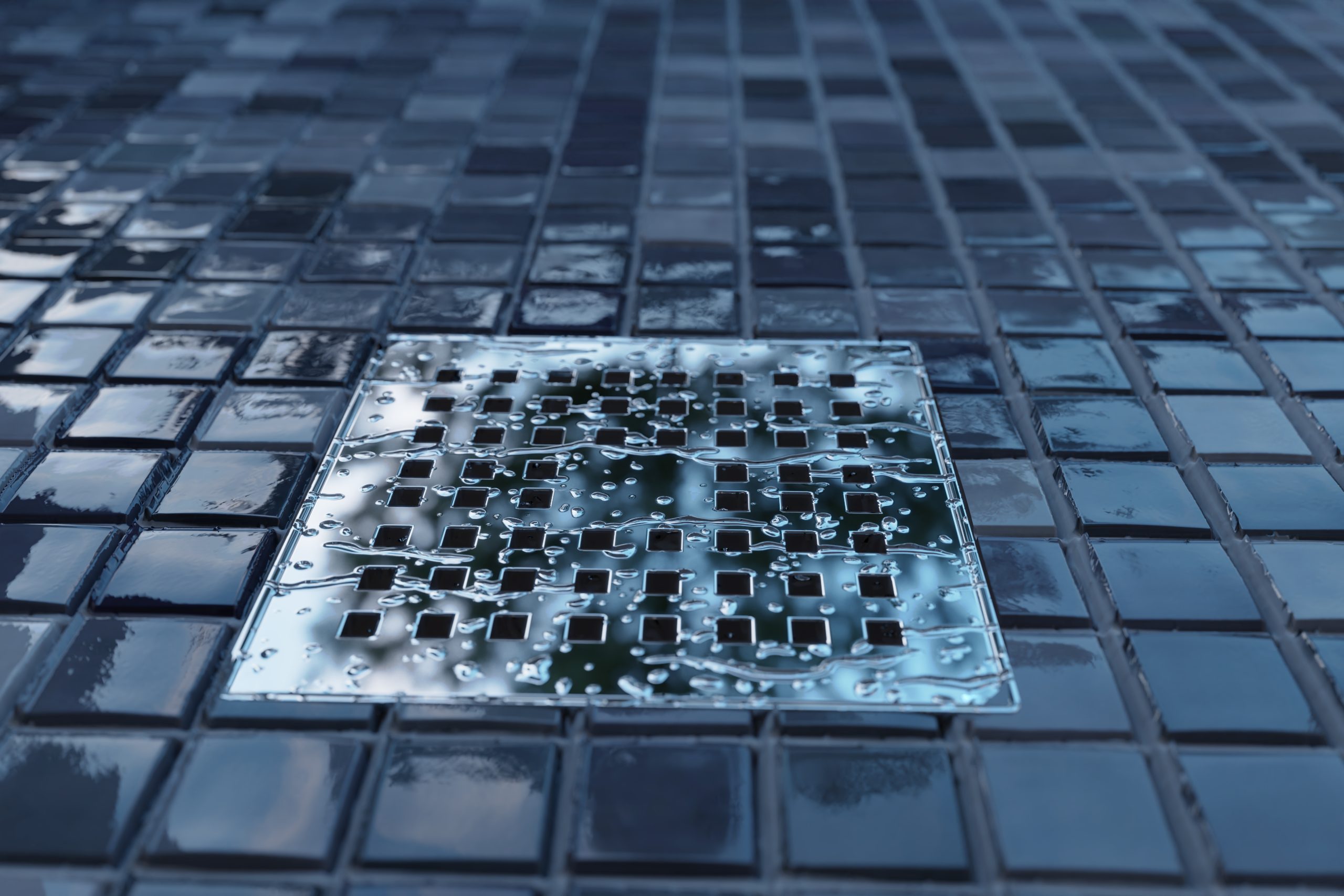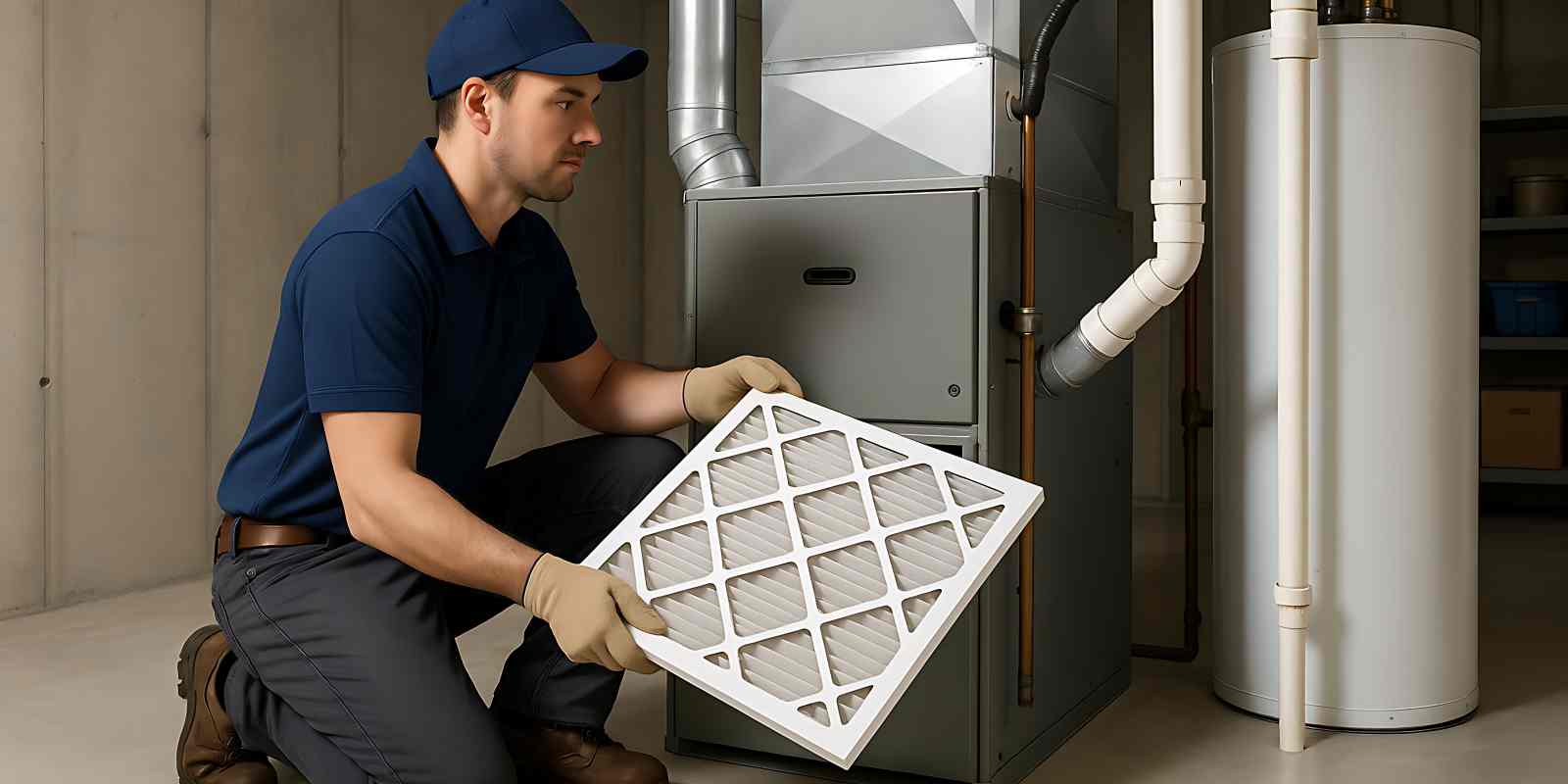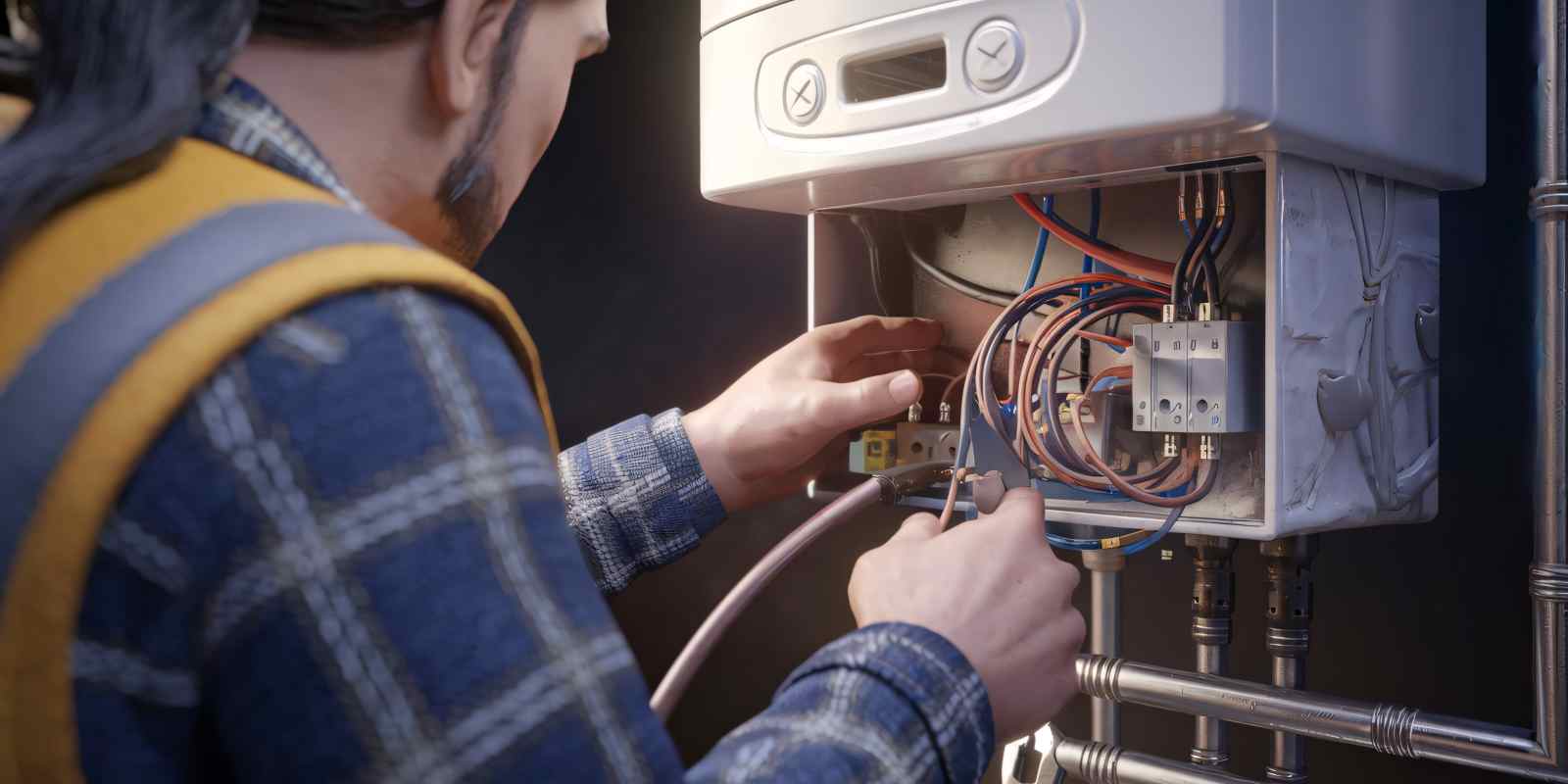
A slow-draining shower can be a frustrating and inconvenient issue that many homeowners encounter. The accumulation of hair, soap scum, and other debris can lead to clogged drains, causing water to pool around your feet instead of swiftly flowing down the drain. Fortunately, unclogging a shower drain doesn’t always require the help of a professional plumber. In this guide, we’ll walk you through step-by-step on how to unclog a shower drain using both preventive measures and effective DIY solutions.
Preventive Measures:
Before we dive into unclogging methods, let’s discuss a few preventive measures to minimize the chances of your shower drain getting clogged in the first place:
- Install a drain cover or hair catcher to trap hair and debris before they enter the drain.
- Regularly clean the drain cover or hair catcher to prevent buildup.
- Avoid pouring grease, oil, and large debris down the drain.
Remove Visible Debris:
Start by removing any visible debris that may be near the drain opening. Use a pair of gloves and a flashlight to inspect the drain. If you can see hair or other debris close to the surface, use a pair of tweezers or needle-nose pliers to pull it out.
Baking Soda and Vinegar:
- Pour a pot of boiling water down the drain to help loosen any accumulated soap scum.
- Follow it up with a mixture of one cup of baking soda and one cup of vinegar. Pour it down the drain and cover the opening to contain the fizzing reaction. Let it sit for 10-15 minutes.
- Flush the drain with hot water again to wash away the loosened debris.
Plunger Power:
- For stubborn clogs, a plunger can be highly effective. Ensure there is enough water to cover the plunger’s rubber cup.
- Create a seal around the drain and push and pull the plunger forcefully several times. The pressure can dislodge the clog.
Chemical Drain Cleaners (Caution):
- If other methods fail, you can consider using a chemical drain cleaner. However, exercise caution and follow the product instructions carefully, as these can be harsh and may damage pipes with repeated use.
Plumbing Snake:
- For more persistent clogs, a plumbing snake can be used. Insert it into the drain and rotate or push it to break up or pull out the clog.
Professional Assistance:
- If all else fails, or if you’re uncomfortable performing these tasks, it may be time to seek the assistance of a professional plumber.
With a bit of patience and effort, you can say goodbye to slow drains and enjoy a refreshing and smoothly flowing shower once again.



